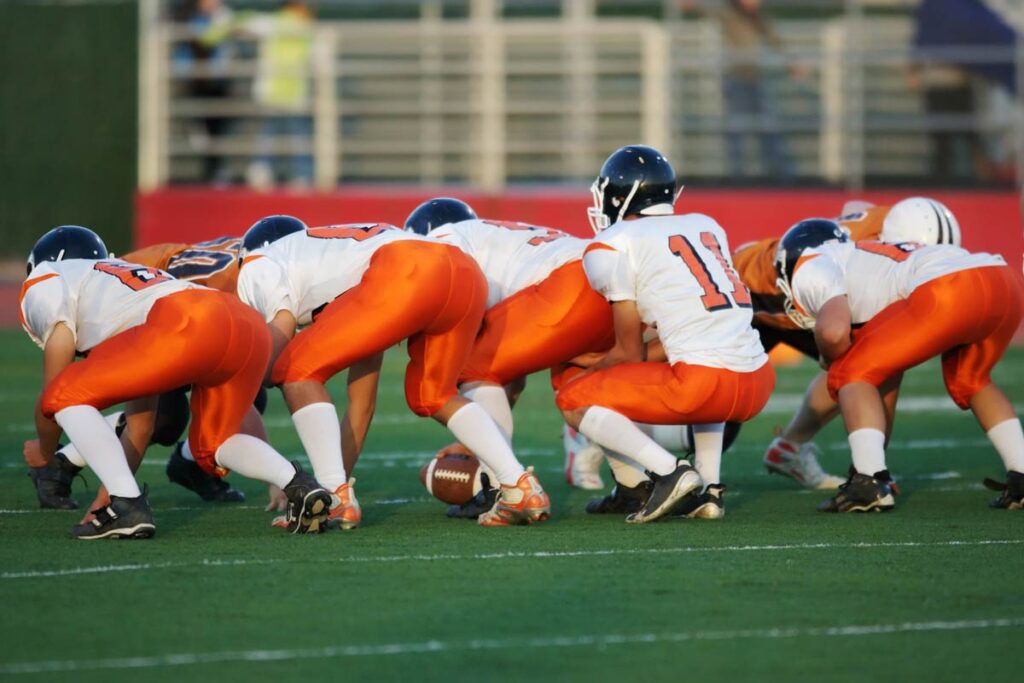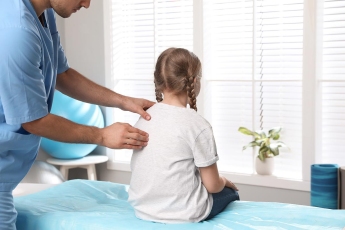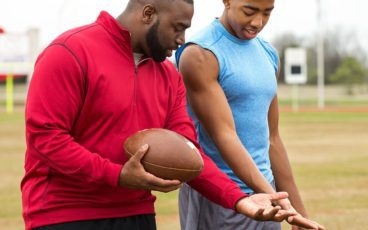
As summer comes to a close, kids and parents are gearing up for back to school. The beginning of a new school year brings new adventures and athletic opportunities. High school athletes may look forward to returning to the sport they love, or even trying a new sport out for the first time. School sports build character, teamwork and improve health for most students, but not without risk of injury. The best way to prevent injury for your student is to take preventive steps to learn about common sports injuries and how to avoid them.
Common Sports Injuries
Injuries can happen in any sport, but are more common in basketball, football, and soccer. After all, there are more junior athletes playing these popular sports. Although basketball and soccer are non-contact sports, the amount of stop-and-go and twists and turns pose a high risk for injuries.
High school athletes experience two types of injuries: acute and overuse. Acute injuries happen suddenly from a fall, twist, or collision with another player. Quick movements and rapid stop-and-go moves make muscles, ligaments, and tendons more susceptible to injuries. Symptoms of acute injuries can be pain, swelling, and lack of mobility. Common injuries include fractures, dislocations, sprains, strains, bruises, and contusions.
With the increase of year-round sports over the last decade, overuse injuries are on the rise. Overuse injuries occur over time and can be caused by a lack of recovery and rest. Sports that require repetitive use of a particular joint like a baseball pitcher, often experience overuse injuries. This type of injury usually results in damage to ligaments, tendons, bones, and growth plates.
Treatment for Sports Injuries
If a child or adolescent is injured it’s important that they bring it to the attention of a trainer, coach, or parent. Our sports medicine team recommends RICE: rest, ice, compression, and elevation for minor injuries. Injuries that persist or cause the athlete to be removed from the game due to a tearing or popping sensation, or significant pain, should result in a visit to an orthopedic clinic or our OrthoAccess Clinic, where an orthopedic specialist can see patients promptly. After thorough evaluation and diagnosis, the athlete will receive a specific treatment plan to manage and heal the injury.
Healing Timeline for Injuries
High school athletes are always eager to know how long it will be before they can get back to their sport after an injury. Recovery time depends on the severity of the injury. Athletes can use pain as their gauge when it comes to minor injuries like bruises and contusions. More severe injuries such as sprains, strains, and fractures can take 6-8 weeks to heal. Injuries that require surgery can take 6-12 months for a full recovery. Most significant injuries require physical therapy to help the athlete gain strength and ease back into their sport. Proper rehabilitation is key in getting the athlete ready for competition.
Injury Preventions
Injury prevention should be a vital part of an athlete’s routine. The use of proper gear and equipment is essential. Athletes need to warm up adequately, stretch, and cool down. High school athletes are still growing and they need proper rest and nutrition to support their active lifestyle. Sport-specific strength and flexibility should be every athlete’s goal. Our sports medicine team can customize a plan to meet the needs and goals of every athlete in order to maximize performance. If your child, teen or adolescent athlete experiences a sports injury, the sports medicine specialists at Illinois Bone & Joint Institute can guide you through every step of your injury. From evaluation, diagnosis, treatment, recovery, and rehabilitation, we are here to help your athlete get back in the game. IBJI provides quality orthopedic care to help you move better and live better!
Marc Breslow, MD, is a board-certified orthopedic surgeon at Illinois Bone & Joint Institute, with a subspecialty certification in sports medicine. Dr. Breslow stresses communication with his patients and their families, educating them about their condition and recommended treatment. His goal is to return patients to their pre-injury level of activity in a safe and efficient manner.
Illinois Bone & Joint Institute offers world-class orthopedic care across Chicago and Indiana, with over 100 convenient locations and expertise in every orthopedic specialty. We offer personalized solutions and cutting-edge treatments to help you move better, so you can live better.




